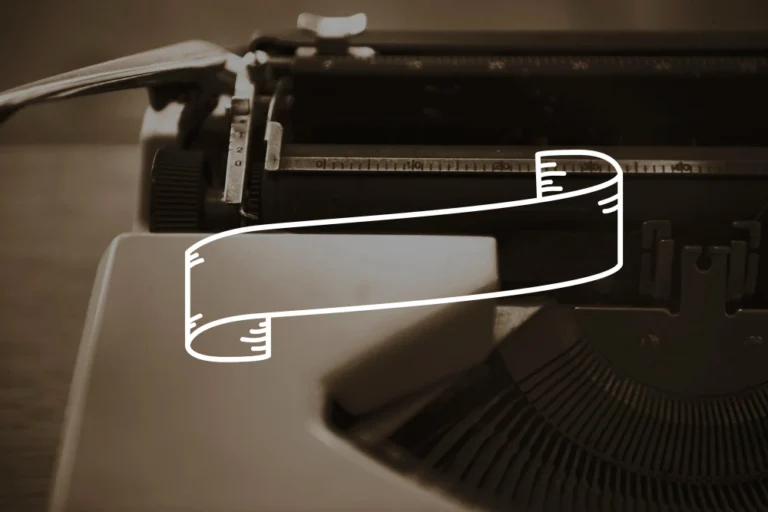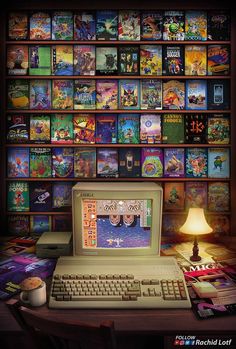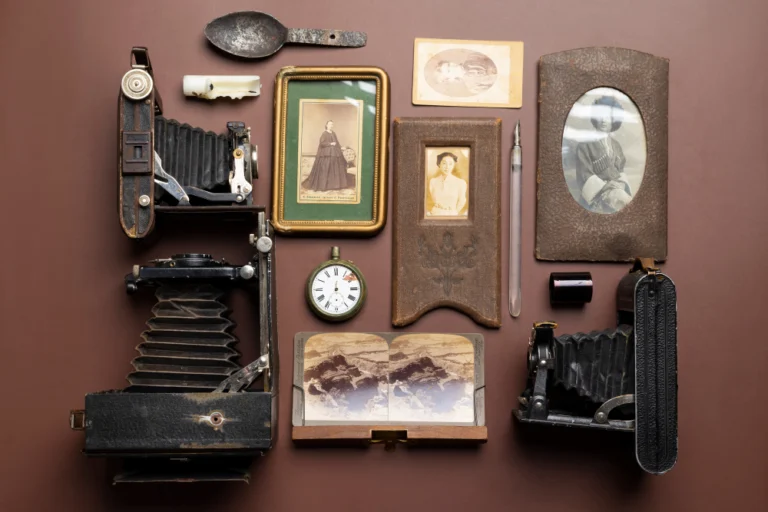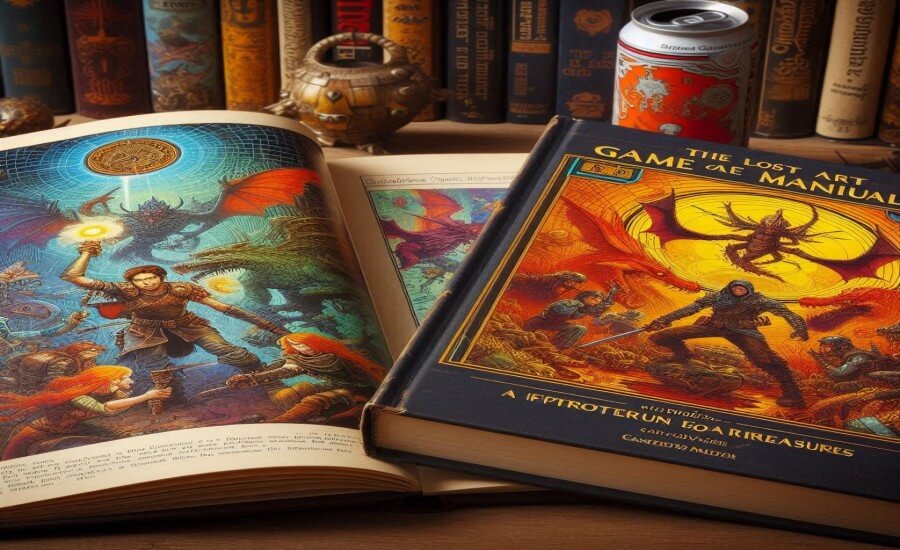
Remember planning a vacation before the internet? It involved flipping through glossy brochures, poring over thick guidebooks, maybe circling destinations on a fold-out map, and crucially, visits or phone calls to a trusted travel agent. Game manuals were once a cherished part of the gaming experience, offering players essential instructions, lore, and artwork that brought games to life before even pressing start.
They were the gatekeepers of information, the navigators of complex airline schedules (often deciphered on green-screen computer terminals), and the curators of your dream getaway [Google Search]. Booking a trip was a process, often taking days or weeks, involving phone calls, faxes, and paper tickets.
Fast forward to today. With a few taps on a smartphone app, we can compare flight prices across dozens of airlines, book hotels based on thousands of user reviews, reserve rental cars, find local tours, and have our entire itinerary organized digitally [Google Search].
The journey from relying on experts like Thomas Cook, the pioneer of package tours in the 19th century, to becoming our own DIY travel agents powered by Online Travel Agencies (OTAs) like Expedia and apps like Skyscanner represents a seismic shift driven by technology. Let’s explore this fascinating evolution and how tech completely reshaped the way we plan and experience travel.
The Dawn of Organized Travel: Agents, Guidebooks, and Early Systems

For most of the 20th century, planning complex travel was largely the domain of professionals.
- The Travel Agent Era: Pioneered by figures like Thomas Cook in the mid-1800s, travel agencies became the primary intermediaries. They had access to reservation systems, negotiated rates with suppliers (airlines, hotels, tour operators), and offered expertise in destinations and logistics. For consumers, they offered convenience, advice, and a single point of contact, especially for international or multi-stop trips.
- Guidebooks & Brochures: Physical guidebooks (like Murray’s Handbooks from the 1830s or Baedeker guides) [Google Search] and colourful brochures provided destination information, maps, and inspiration. Research involved library visits or collecting materials from agencies.
- Direct Contact: Booking simple trips might involve calling hotels or airline reservation centers directly, often requiring patience and navigating phone trees.
- Early Computerization (Behind the Scenes): While invisible to most consumers, computerization began transforming the industry internally much earlier. The SABRE (Semi-Automated Business Research Environment) system, developed by American Airlines and IBM in the late 1950s and launched in the early 1960s, was a groundbreaking computerized reservation system. Initially for internal use, it eventually allowed travel agents (starting in 1976) to access real-time flight availability and make electronic bookings via dedicated terminals, replacing massive rotating card files and phone calls. Other airlines developed similar systems (like Deltamatic for Delta), forming the basis of Global Distribution Systems (GDS).
This pre-internet era was characterized by reliance on intermediaries, information scarcity (compared to today), and a slower, more deliberate planning process.
The Evolution of Booking: The Internet Changes Everything
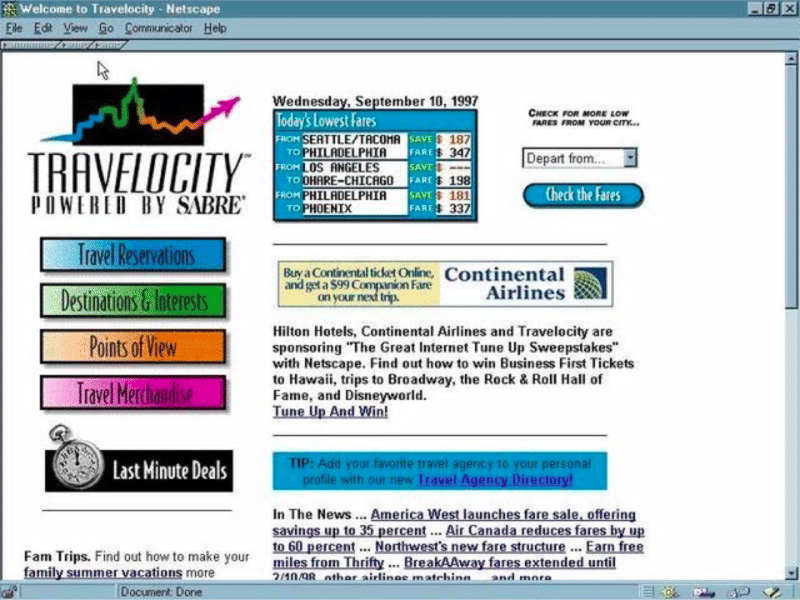
The arrival of the World Wide Web in the mid-1990s set the stage for a revolution.
- Early Online Information: Initially, the web offered digital versions of brochures and basic information. Direct booking on airline or hotel websites started tentatively.
- The Rise of Online Travel Agencies (OTAs): This was the game-changer. Companies realized the potential of aggregating travel inventory online, allowing users to compare and book directly.
- Travelocity (1996): An early pioneer, evolving from SABRE’s consumer-facing service, eAAsySabre [Google Search].
- Expedia (Launched 1996 as a division of Microsoft): Spun off in 1999, Expedia quickly became a dominant force, offering flights, hotels, car rentals, and packages.
- Priceline (1997): Launched with a unique “Name Your Own Price” model for opaque inventory (where you didn’t know the exact hotel/airline until after booking) [Google Search]. Later acquired Booking.com.
- Booking.com (Founded 1996 in Amsterdam, acquired by Priceline/Booking Holdings 2005): Focused heavily on accommodations, especially in Europe, eventually becoming a global powerhouse.
- Orbitz (Founded 2001): Notably created by a consortium of major US airlines partly to compete with the growing power of Expedia and Travelocity.
- Impact of Early OTAs: They provided unprecedented access to information, price comparison, and the convenience of self-service booking 24/7. This empowered consumers but began to significantly disrupt the traditional travel agent model.
- Metasearch Emerges (Early-Mid 00s): Engines like Kayak (2004) and Skyscanner (2003) took comparison a step further. They didn’t sell travel directly but aggregated prices from hundreds of OTAs and supplier websites, sending users elsewhere to book. This increased price transparency even more.
- User Reviews Take Center Stage (Early-Mid 00s): TripAdvisor (founded 2000) popularized user-generated reviews and photos for hotels, restaurants, and attractions, adding a crucial layer of social proof (and sometimes anxiety) to the planning process.
- Mobile Revolution (Late 00s – Present): The advent of smartphones and dedicated travel apps put booking power directly into users’ pockets. OTAs, metasearch engines, airlines, and hotels developed sophisticated apps offering booking, itinerary management, mobile check-in, real-time updates, and location-based services [Google Search].
- AI and Personalization (Present): Modern travel tech increasingly uses AI to offer personalized recommendations based on past behavior, predict price fluctuations, and provide chatbot assistance [Google Search].
The evolution moved rapidly from limited online information to powerful self-booking tools, comparison engines, social reviews, and finally, personalized mobile assistants.
“Technical” Specs: Travel Planning Methods Compared
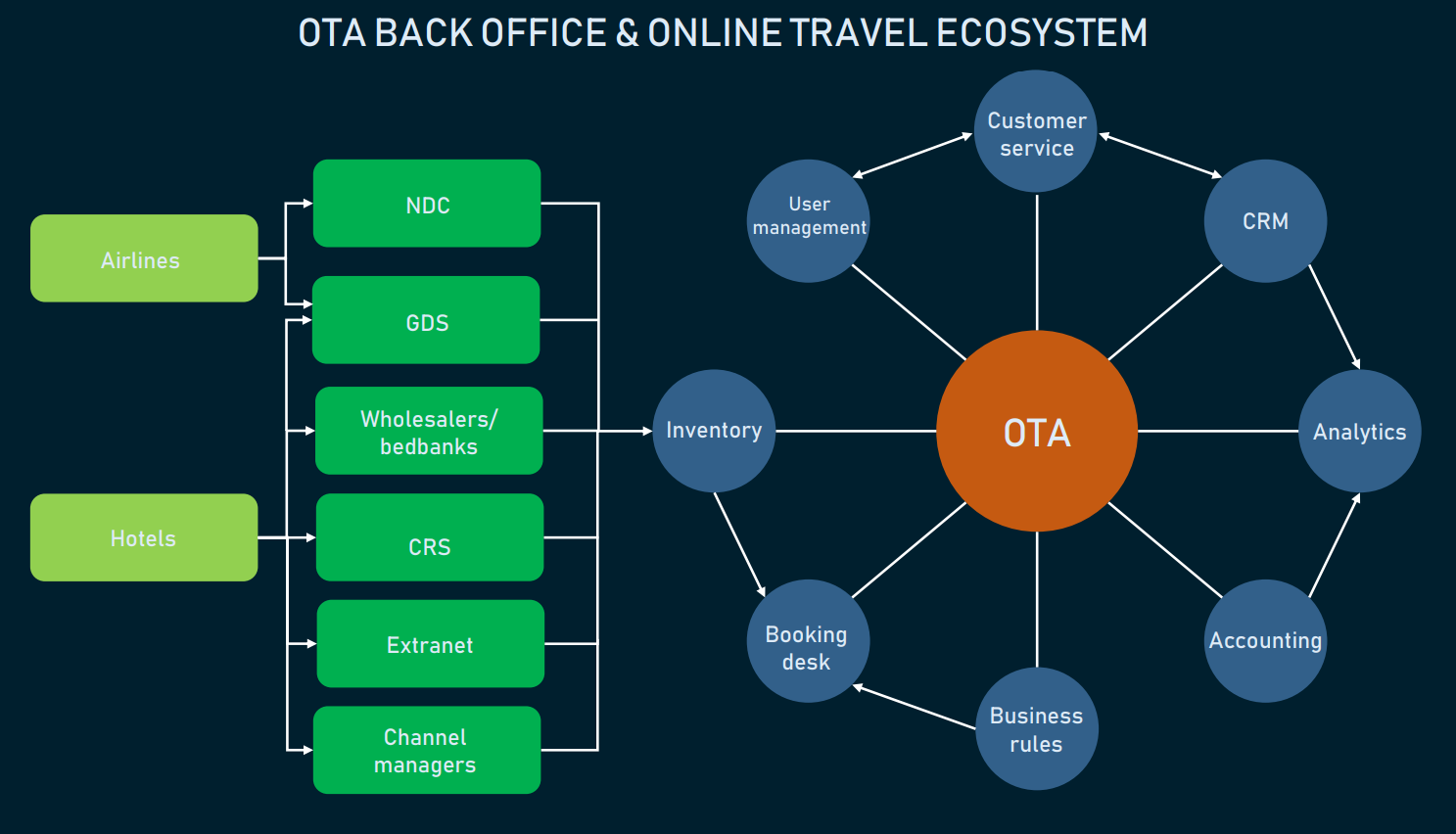
How did the actual process and capabilities differ across these planning methods?
| Feature | Traditional Travel Agent (Pre-Internet Peak) | Early OTA Website (e.g., Expedia ~2000) | Modern Travel App (e.g., Booking.com/Kayak ~2020s) |
| Booking Method | In-person / Phone Call | Desktop Web Browser | Mobile App / Mobile Web |
| Information Access | Agent Expertise, Brochures, GDS Access | Online Listings, Basic Descriptions | Listings, Photos, User Reviews, Maps, AI Recs. |
| Price Transparency | Limited (Relied on agent) | Good (Comparison possible) | Very High (Metasearch integration) |
| Inventory Scope | Agent’s Network/GDS | Broad (Flights, Hotels, Cars) | Very Broad (Incl. Rentals, Tours, Experiences) |
| Booking Speed | Slow (Days/Weeks for complex trips) | Moderate (Minutes/Hours) | Fast (Minutes) |
| Customization | High (Bespoke itineraries possible) | Moderate (Package options) | High (Mix-and-match, filters) |
| Intermediary Role | Essential (Agent provides all) | Self-Service via OTA Platform | Self-Service (App aggregates/connects) |
| Support | Personal Agent Relationship | Call Centers, Email Support | In-App Chatbots, Call Centers, Direct Contact Opts |
| Cost | Agent Fees/Commissions Baked In | Often Lower Prices (Discounts/Comparison) | Highly Competitive Pricing |
Export to Sheets
Technology dramatically increased speed, transparency, choice, and self-service capabilities, shifting power from intermediaries (agents) directly to consumers and suppliers (though OTAs became powerful new intermediaries).
Cultural Impact: Empowered Travelers, Disrupted Agents

The shift to online travel planning had profound cultural and economic consequences.
- Traveler Empowerment: Consumers gained unprecedented control over their travel planning. They could research destinations deeply, compare prices instantly, read reviews from fellow travelers, and book complex trips without needing an agent.
- Rise of DIY Travel: Online tools made independent travel far more accessible and less intimidating, encouraging more people to plan their own trips rather than relying on pre-packaged tours.
- Price Transparency & Competition: OTAs and metasearch engines forced airlines and hotels to compete more directly on price, leading to generally lower fares and rates (though complex pricing strategies also emerged).
- Decline of Traditional Travel Agents: The rise of OTAs led to a significant decline in the number of traditional, high-street travel agencies. Many closed, while others had to specialize (e.g., luxury, corporate, niche travel) or adapt by offering higher levels of personalized service and expertise to justify their value. U.S. employment for travel agents was projected to decline significantly as online booking grew [Google Search].
- Globalization of Travel: Online platforms made it easier to discover and book travel anywhere in the world, contributing to the growth of international tourism.
- Information Overload: While empowering, the sheer volume of online options, reviews, and deals can also lead to decision fatigue and anxiety for travelers trying to find the “perfect” trip.
- New Business Models: The success of OTAs created massive tech companies (Booking Holdings, Expedia Group) and fueled related industries like travel blogging, influencer marketing, and travel tech startups.
Technology fundamentally democratized travel planning, making the world more accessible but also significantly altering the structure of the travel industry.
Collector’s Corner: Paper Trails of Past Journeys

While much of modern travel planning is digital, the artifacts of the pre-digital era hold nostalgic appeal for collectors and history buffs.
- Vintage Travel Brochures: Colorful, illustrated brochures from airlines, cruise lines, hotels, and tourism boards from the mid-20th century onwards are popular collectibles [Google Search]. They offer glimpses into past travel styles, destinations, and graphic design trends.
- Classic Guidebooks: Early editions of guidebooks from series like Baedeker, Murray’s Handbooks, or early Fodor’s and Frommer’s guides are collected for their historical content and unique perspectives on travel before mass tourism [Google Search].
- Airline Timetables & Memorabilia: Old printed airline timetables, route maps, luggage tags, in-flight menus, and even barf bags evoke the “golden age” of air travel and are sought after by aviation enthusiasts [Google Search].
- Travel Agency Ephemera: Posters, signs, or documents from defunct travel agencies like Thomas Cook or Pan Am’s travel division can be historical curiosities.
- Early Travel Software: While harder to find and use, original boxed copies of early travel planning software or CD-ROM encyclopedias with travel sections might interest vintage computing collectors.
These physical items offer a tangible connection to how travel was researched, marketed, and experienced before the internet put the world at our fingertips. Finding them often involves searching eBay, antique stores, ephemera fairs, or specialist collectors’ sites [Google Search].
Why We (Sometimes) Miss the Agent’s Touch

With the convenience and power of modern travel apps, why might someone feel nostalgic for the old way of planning?
- Personalized Expertise: A good travel agent offered tailored advice based on your specific needs, preferences, and budget, often drawing on personal experience or deep destination knowledge – something algorithms still struggle to replicate perfectly.
- Problem Solving & Support: When things went wrong (cancelled flights, lost reservations), having a dedicated agent to call for help provided peace of mind and saved significant hassle compared to navigating call centers or self-service options.
- Reduced Overwhelm: Instead of presenting infinite choices, agents curated options, simplifying the decision-making process and reducing the feeling of information overload common with online platforms.
- Serendipity of Physical Discovery: Flipping through a random brochure or guidebook could lead to discovering unexpected destinations, a different kind of discovery than algorithmic recommendations provide.
- Human Connection: The process involved interacting with a person, building rapport, and benefiting from their insights – a human element missing from purely digital transactions.
- Handling Complexity: Agents excelled at planning complex, multi-stop itineraries or specialized trips (like safaris or intricate tours) that can still be cumbersome to piece together online.
The nostalgia isn’t for lack of information or higher prices, but perhaps for the curated expertise, personalized service, and human safety net that a great travel agent provided.
The Journey Continues: Travel Planning in the Digital Age
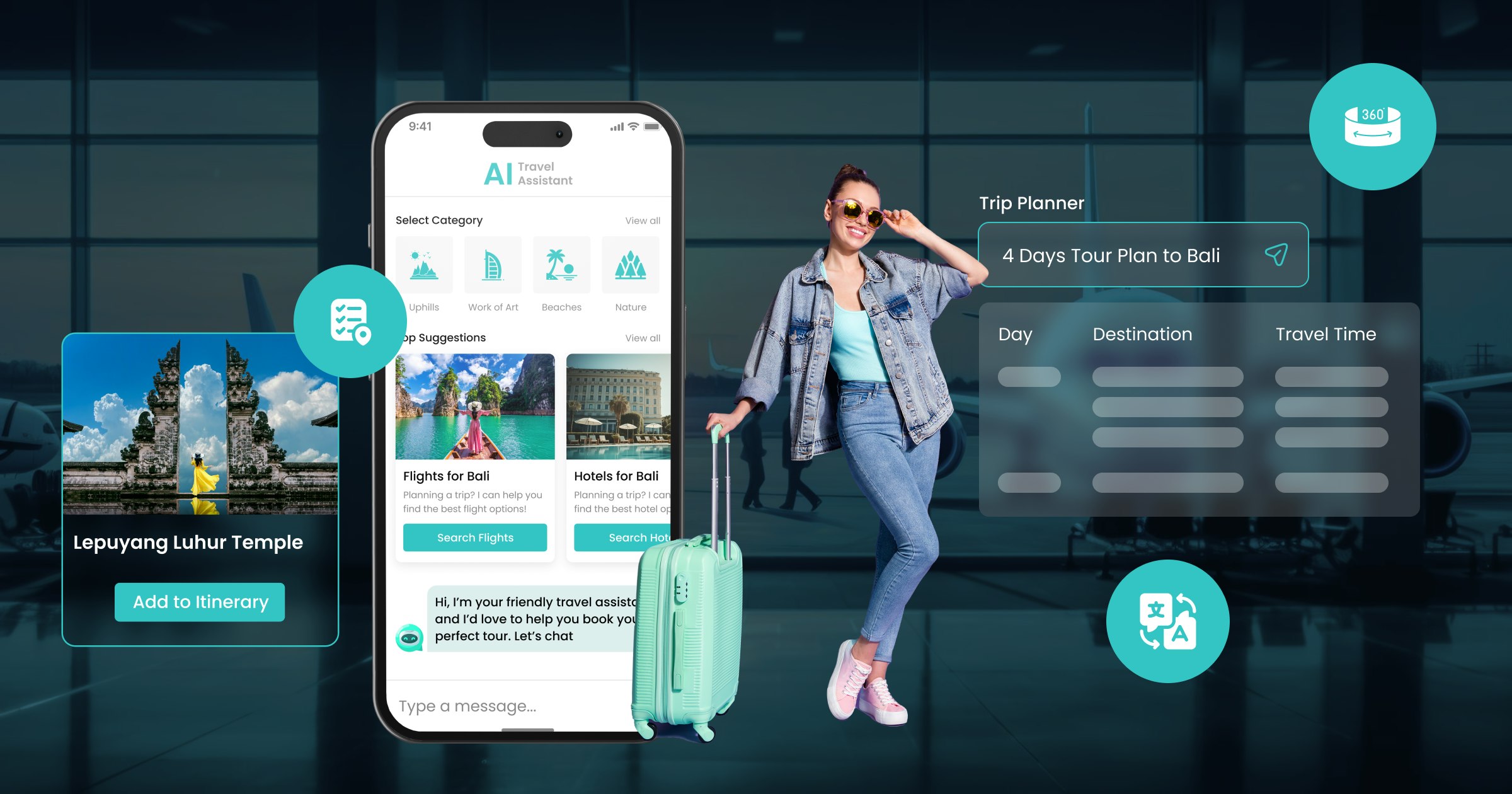
The transformation of travel planning driven by technology is one of the most profound examples of how the internet has reshaped a major industry and consumer behavior. From the exclusive realm of travel agents accessing mainframe systems like SABRE to anyone booking a global trip on a smartphone app, the power has decisively shifted to the traveler [Google Search].
OTAs, metasearch engines, review platforms, and mobile apps have created an ecosystem of unprecedented choice, transparency, and convenience. While this has challenged traditional business models and introduced new issues like information overload, the overall impact has been the democratization of travel. Technology has made exploring the world easier and more accessible than ever before. As AI, personalization, and new booking models continue to evolve, the journey of travel planning technology is far from over, promising even more seamless and tailored adventures ahead [Google Search].
